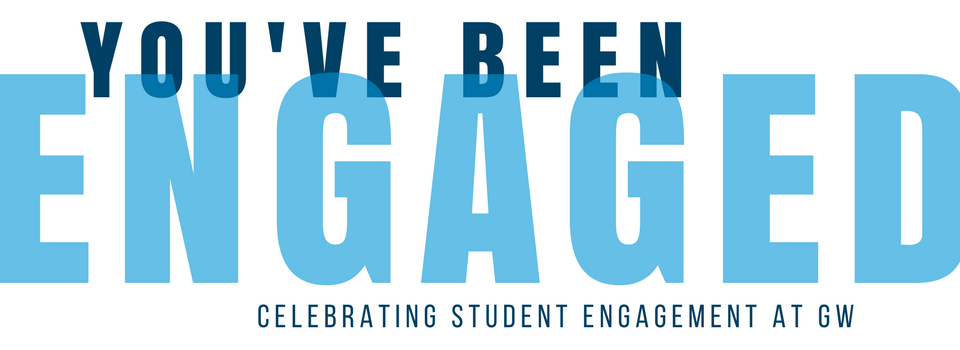In the CSE, we often present trainings and workshops for which we write curriculum. In order to learn how to write better, more intentional curriculum, Kaitlyn Schmitt attended the ACPA Program Design School in Dupont Circle on September 12-13, 2017. This two-day event, led by Erin Fischer of The Leadership and Training Studio, focused on improving curriculum-writing skills for both task-related curriculum and competency- or soft skills-based curriculum. The event was targeted for leadership development educators and professionals who write curriculum for training.
System for Writing Curriculum
At this event, we learned a useful system for writing curriculum. For task-based curriculum, first list the steps of the task. (We used the example of baking a cake.) Get feedback from others to make sure the steps are clear and no steps are missing. Then, divide the steps into sections. For soft-skills-based curriculum, build a similar outline, starting with describing the importance of the skill and defining relevant terms. Then add in more steps to educate about the skill, starting with an action verb. For example, if you are teaching about patience, steps might include “Discuss feelings of impatience,” “List things to do while waiting,” and “Analyze situations when patience is valuable and when it’s not.” To complete the plan, add these steps: “Show the model,” “Practice the skill/model,” “Deliver the final tips,” and “Create an action plan.” Again, divide these steps into sections.
Next, for each section, consider appropriate learning methods, that is, interactive activities that test the learning. Examples of learning methods include pair and share, case studies, debates, projects, flow charts, role-playing, brainstorming, vision boards, concept mapping, and simulations. Once you have determined the steps, the sections, and appropriate learning methods, the work of writing curriculum becomes much easier.
As an example, below is the plan I made during the event for an upcoming Excellence in Leadership Seminar session on recruitment and retention in student organizations. This is a 60-minute session.
| Steps | Sections/Titles | Learning Methods |
|---|---|---|
| 1. Discuss the importance of recruitment and retention. 2. Define the terms. |
Foundations | - Debate importance of recruitment versus retention |
| 3. Explore inclusivity in organizations. 4. Compare strategies for recruitment. |
Recruitment | - Reflect on previous feelings of joining or not joining an organization - Brainstorm recruitment methods (e.g., tabling, fliers) - Debate the benefits and drawbacks to individual recruitment methods |
| 5. Show the “Motivating the Middle” model. 6. Discuss ways to implement the model. (Practice the model.) |
Retention | - Pair and share how this theory applies to their organization - Pair and share what strategies they can implement in their organizations |
| 7. Deliver final tips. 8. Create an action plan. |
Action Plan | - Debrief how the content helped participants with the current issues they are facing |
Varying Learner Styles
When developing a workshop or program, it is important to consider different styles of learning. Consider who is in the audience, their level of knowledge of the topic, and their stage of development. We discussed William Perry’s model consisting of dualism, multiplicity, relativism, and commitment in relativism. Different learning methods are appropriate for learners in each stage.
Additionally, the facilitator recommended considering the three most common perceptual styles as defined by the Institute for Learning Styles Research (ILSR): visual, auditory, and kinesthetic. We brainstormed ways to engage learners who prefer each style. Great curriculum will incorporate learning methods that reach learners with different styles.
Facilitator Guides
We also discussed writing facilitator guides using a pattern of four types of instructions: Facilitator Talking Points, Activity Instructions, Debrief, and Transition. By repeating this pattern and adding a Welcome and Closing, you can create a complete facilitator guide. The facilitator guide should be detailed enough for someone who has never facilitated before and who has not previously reviewed the content. Facilitator guides should be written in bullet points so they are easier to read.
Usefulness
Overall, the Program Design School provided a framework that encourages intentionality in workshop development. I regularly write curriculum for workshops on soft skills for the Excellence in Leadership Seminar, and this year I am writing more curriculum with the intention that someone else will facilitate the workshop. While I will likely not follow the system exactly, I have already applied what I learned at this event and I plan to adapt the system to match my own style. If ACPA repeats the event, I would recommend it to anyone who develops curriculum for workshops.

